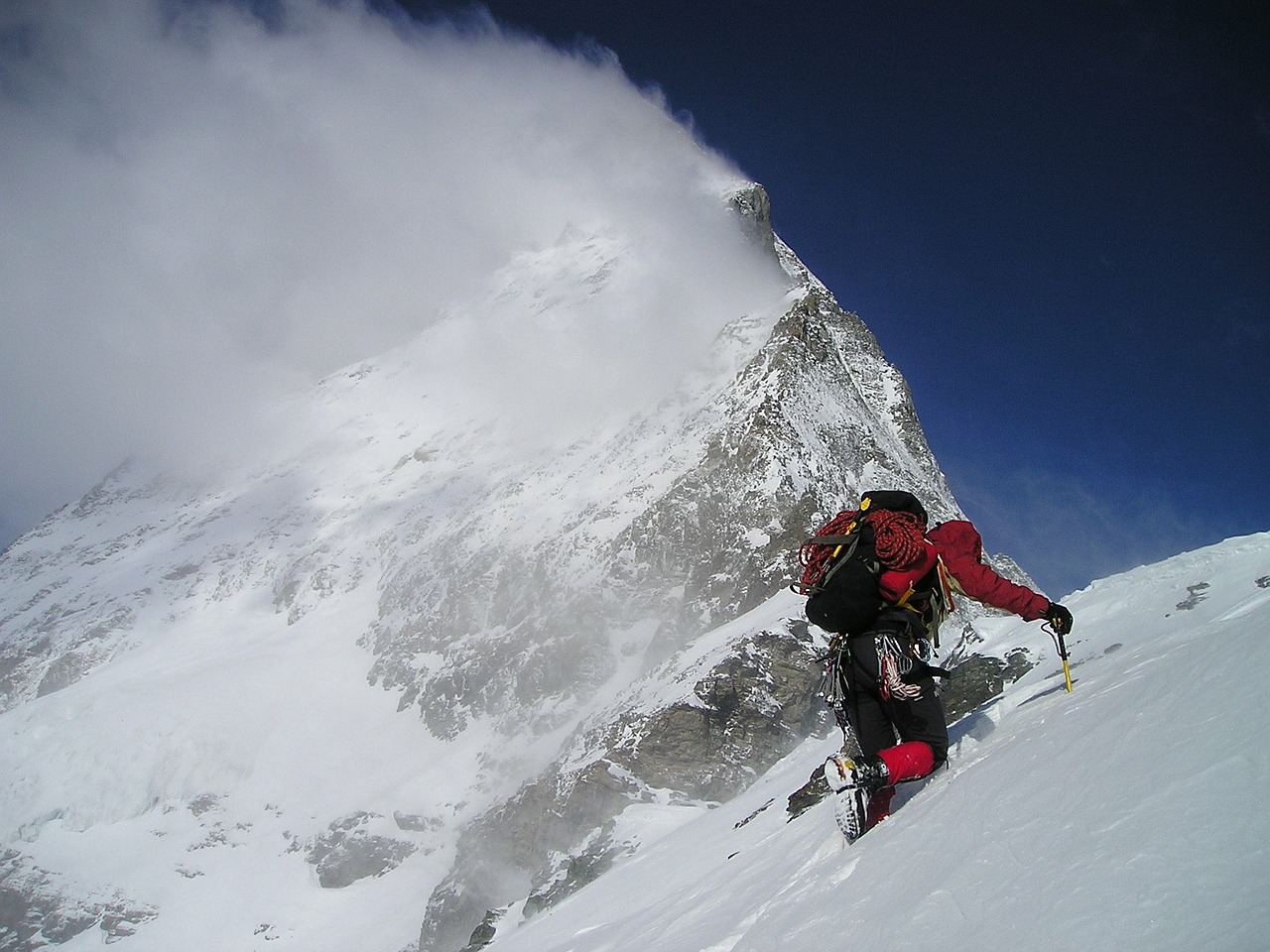The symptoms of altitude sickness that every mountaineer should know

Feeling as though you have a cold, like you can’t breathe through your nose, a pounding headache, and all smells and food makes your stomach sick – that’s how nasty it is, and it is not a joke.
You ought to be prepared whenever you climb over 8,000 feet (2,400 meters) cause even experienced mountaineers can experience altitude sickness.

It is also known as acute mountain sickness (AMS) and it is the pathological effect of high altitude on humans. The main cause is the low partial pressure of oxygen at high altitude. It is normal to feel breathlessness at even 5,000 feet (1,500 meters), but AMS occurs at more than 8,000 feet (2,400 meters).
Of course, not everyone experiences it when they climb above 8,000 feet. As a matter of fact, most of the people climb these elevations without any difficulty, but it is also common to feel at least some of the symptoms.

The sickness is a mixture of nonspecific symptoms at altitude because of the low air pressure, this results in feeling like you have carbon monoxide poisoning, a hangover, or flu. And there are no specific factors that can determine who would get altitude sickness, as it can happen to anyone.
Not to be mistaken for Chronic mountain sickness which is a different condition that occurs when someone is exposed to high altitude for a longer period of time.
AMS, on the other hand, is the inability of the body to adapt to a higher altitude and if not taken seriously or treated properly, it can progress to high altitude cerebral edema (HACE) or high altitude pulmonary edema (HAPE). Both of them are potentially fatal and the only solution is oxygen administration or an immediate descent to lower altitude.


The symptoms include coughing, breathlessness, headache, dizziness, sleep disturbance, stomach illness, and fatigue, and usually, manifest themselves after six to ten hours, while the actual sickness occurs in one or two days.
The primary and most common symptom of AMS are the headaches. Even though it is the hardest one to use for judging if you have altitude sickness, these headaches don’t go away with painkillers. Also, they are followed by one or more of the other symptoms.

While at an altitude higher than 8,000 feet (2,400 meters) if you experience even one of the following symptoms, you should consider AMS: nausea, loss of appetite, vomiting, excessive fluctuation, weakness or fatigue, dizziness, insomnia, headache, shortness of breath even while resting, swelling of face, hands, and feet, or nose bleeding.
Even if you experience symptoms of AMS, you can generally overcome it yourself by staying at a high altitude and forcing your body to adapt for three to four days. But if the symptoms don’t go away and you are still feeling sick, you should either see a doctor or climb down to a lower altitude. Otherwise, you are risking serious illness.
If you have any comments then please drop us a message on our Outdoor Revival Facebook page
If you have a good story to tell or blog let us know about it on our FB page, we’re also happy for article or review submissions, we’d love to hear from you.
We live in a beautiful world, get out there and enjoy it.
Outdoor Revival – Reconnecting us all with the Outdoor
